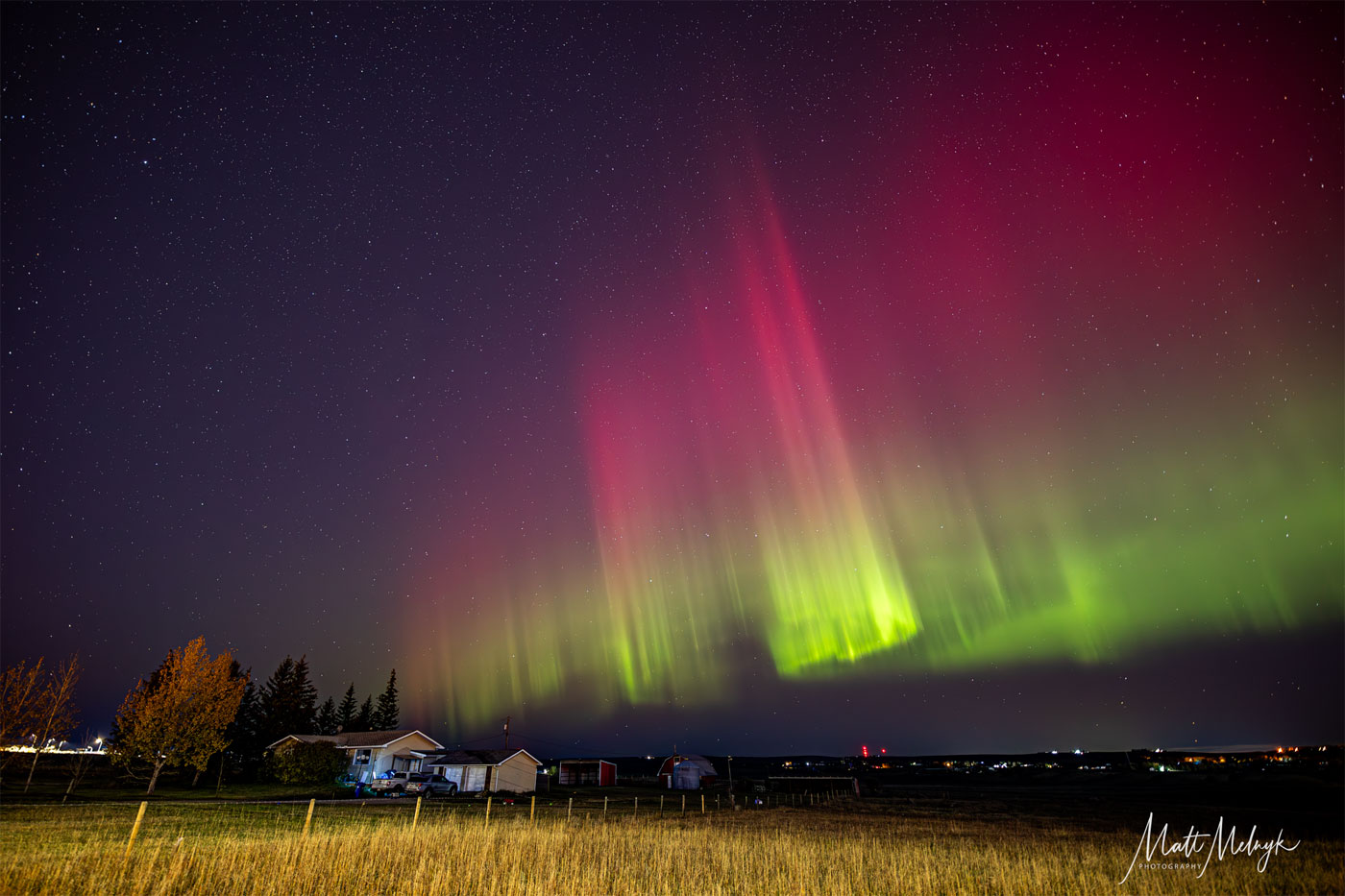A new coronal mass ejection from the solar flare that occurred on October 9 is coming to Earth. It will manifest itself as a geomagnetic storm of category G4. At night on October 10 and 11, it is possible to observe auroras.

Solar flares and magnetic storms
On October 9 at 01:56 UTC, a category X1.8 flare occurred on the Sun, it wasn’t as powerful as the ones observed last week. However, it still belongs to the strongest category. The AR3848 spot group, in the area where it occurred, was turned toward Earth, so there could be significant consequences for our planet.
We already know about the coronal mass ejection that occurred during the flare, and it’s flying in our direction. The beginning of its interaction with the magnetic field will begin in the afternoon. The Earth’s magnetic field index is predicted to reach 8, and this corresponds to a geomagnetic storm of category G4.
At the same time, it can continue for up to 12 hours, that is, the consequences will be felt not only in the evening of October 10, but also in the night from October 11 to 12. But it is difficult to say what they will be. So far, experts have traditionally foreseen problems with communications and power grids. Also, airplane passengers flying through polar regions may receive increased doses of radiation.
Auroras
The most interesting thing about the upcoming magnetic storm concerns the possibility of observing the auroras this and next night. Their probability is extremely high, but no one can give a 100% guarantee that they will be seen in a particular area.
The fact is that the emergence and intensity of auroras are determined by the nature of the interaction of particles that make up the coronal mass ejection interacting with the magnetic field of our planet. The stronger the interaction, the more chance you have of seeing a colorful show at night.
But that’s not all. The magnetic field is inhomogeneous over different regions of the Earth. Somewhere the auroras reach low latitudes quite easily, somewhere they don’t. In addition, it sometimes changes its characteristics, and bright streaks in the sky are seen where they usually are not. Whether this will happen this time, it is difficult to say.
According to www.spaceweather.com


